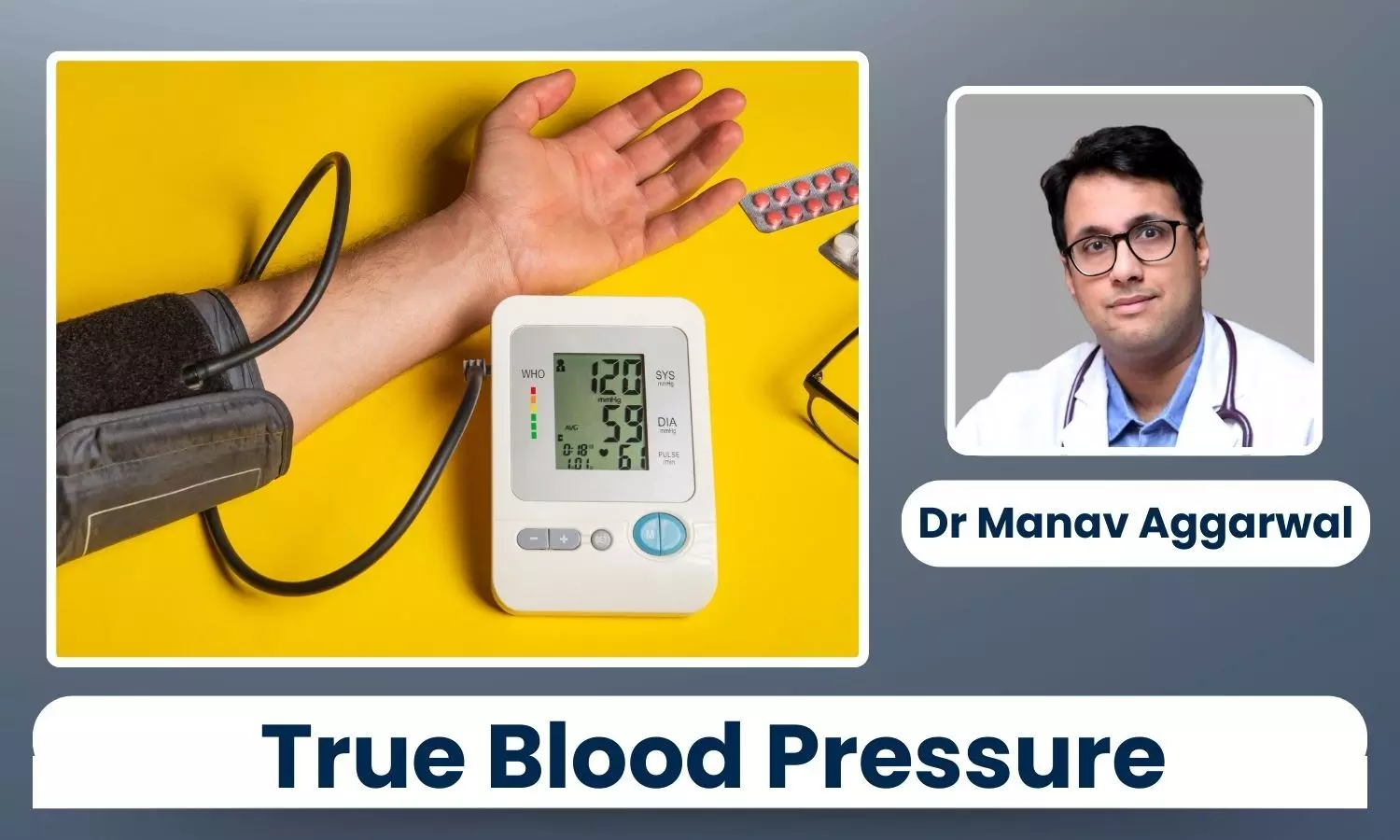Your "True" Blood Pressure: Why One Reading Isn't Enough for a Diagnosis - Dr Manav Aggarwal

In our practice, we often see a common misconception: that the single blood pressure reading we get at the doctor's office tells the full story of your heart health. It's a natural assumption, but the truth is, your blood pressure is a bit like your mood – it naturally fluctuates throughout the day!
In view of this, new guidelines from leading health organisations like the American Heart Association (AHA) and American College of Cardiology (ACC) emphasise that one reading is often not enough to diagnose or manage high blood pressure.
It’s a bit more complex, and understanding this can make a big difference in how your blood pressure is managed.
Think of it this way: your blood pressure naturally fluctuates throughout the day due to various factors. Stress, movement, and even the "white coat effect" (nerves when you're at the doctor's office) can temporarily push your numbers up, potentially leading to a misdiagnosis.
That's why the new guidelines are unambiguous: your office blood pressure (BP) should be based on the average of at least two careful readings, obtained on at least two separate occasions (at least one minute apart)
This approach helps minimise errors and provides a much more accurate picture of your "true" and usual blood pressure level. For consistent understanding, blood pressure is categorised into specific levels:
Normal (<120/<80 mm Hg),
Elevated (120-129/<80 mm Hg),
Stage 1 hypertension (130-139/80-89 mm Hg), and
Stage 2 hypertension (≥140/≥90 mm Hg).
These classifications are based on average readings taken in a healthcare setting.
Achieving these accurate measurements also relies heavily on standardised methods. This means not just any measurement will do. When your blood pressure is being checked, whether in the office or at home, the technique must be correct.
This includes proper patient preparation, a standardised measurement technique, accurate documentation, and using a blood pressure device that has been validated against a reference standard.
Crucially, the cuff size must be appropriate for your arm, as an ill-fitting cuff can lead to incorrect readings. Moreover, while convenient, cuffless BP devices, such as smartwatches, are currently not recommended for the diagnosis or management of high blood pressure in adults due to concerns about their precision and reliability
Ultimately, obtaining an accurate diagnosis and effective management plan for high blood pressure is a team effort. By understanding why multiple, carefully taken measurements are necessary and ensuring that validated devices with appropriate cuff sizes are used, you can actively participate in achieving the most reliable assessment of your blood pressure.
Don't hesitate to ask your healthcare provider about these measurement protocols during your visits – your accurate numbers are key to your long-term cardiovascular health.
Disclaimer: The views expressed in this article are of the author and not of Health Dialogues. The Editorial/Content team of Health Dialogues has not contributed to the writing/editing/packaging of this article.


